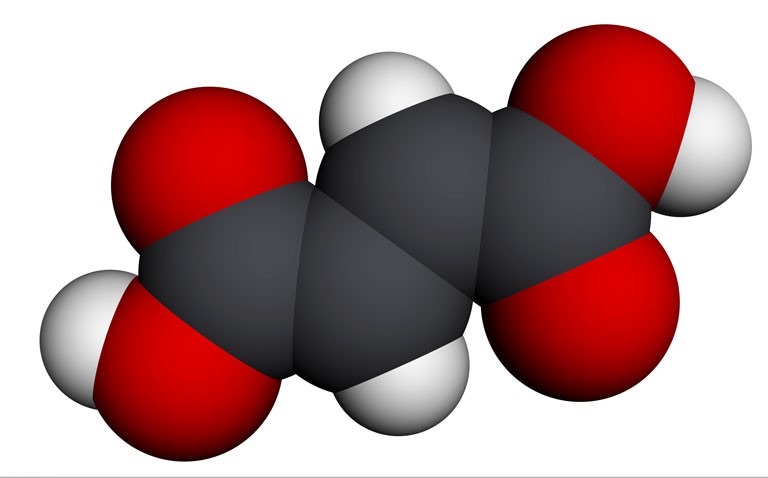Fumaric acid esters are indicated for adults with moderate-to-severe psoriasis, but there is a lack of data to support their use in children or adolescents.
Psoriasis is a chronic, inflammatory skin condition and while the incidence peaks between the ages of 20 and 30, it is also seen in children and adolescents. Although systemic treatments such as acitretin, methotrexate or ciclosporin can be used to treat younger people, the drugs are not recommended for long term use because of adverse effects. Anti-psoriatic mono-therapy with fumaric acid esters (FAEs) is effective but only licensed for use in adults. However, there is some limited evidence from case reports to suggest that FAEs are effective in children and adolescents with moderate to severe disease. Given these observations, a team from the Department of Dermatology, Venereology and Allergology, Wurzburg, Germany, decided to undertake a randomised, double-blind, placebo-controlled trial Phase III trial to confirm the findings from case reports, in patients aged between 10 and 17. The team enrolled patients with moderate-to-severe psoriasis, defined as a psoriasis and severity index (PASI) score of > 10 or >10% body surface area or a children’s dermatology quality of life index (CDLQI) >10. Participants were randomised in a 2:1 ratio to either FAE or placebo for 20-weeks, followed by 20 weeks in which all participants received FAE and a final, 20 week treatment-free follow-up period. Treatment was given with Fumaderm, a mixture of dimethyl fumarate (DMF) and three salts of ethyl hydrogen fumarate (EHF salts). The drug was initiated as a single daily dose (equivalent to 30mg DMF and 75mg EHF) and up titrated, based on clinical response, to a maximum of four Fumaderm tablets daily. Between weeks 20 and 40, all patients originally given Fumaderm continued with their dose, whereas those receiving placebo, were up titrated as for the Fumaderm group. The co-primary outcome measures were the proportion of patients achieving a PASI75 (75% reduction in PASI score compared to baseline) and the proportion achieving a score of 0 or 1, representing either, “clear” or “almost clear” on a physician’s global assessment (PGA) scale at week 20.
Findings
In total, 135 patients were randomised to FAE or placebo. Among those assigned to FAE, the mean age was 14.2 years (56% male) of which two-thirds (66%) were aged 14 to 17 with an overall mean baseline PASI score of 16.8 and PGA score of 4.4. After 20 weeks of therapy, 52.7% of those given FAEs achieved a PASI75 compared to 18.6% in the placebo group. In addition, 42% vs 7% achieved the PGA endpoint (FAE vs placebo) representing an absolute difference of 35% which was statistically significant (p < 0.001). By week 60 (end of the treatment-free interval) a PASI75 was maintained by 22% of those given FAE compared to only 7% in the placebo group. Adverse effects were slightly higher in the FAE group (92% vs 86%) and 6 participants given FAE withdrew because of adverse effects compared to 3 in the placebo group. The authors concluded that FAE were an effective treatment for children and adolescents with moderate-to-severe psoriasis.
Citation
Hamm H et al. Efficacy and safety of fumaric acid esters in young patients aged 10–17 years with moderate-to-severe plaque psoriasis: a randomised, double-blinded, placebo-controlled trial. Br J Dermatol 2020 https://doi.org/10.1111/bjd.19747










